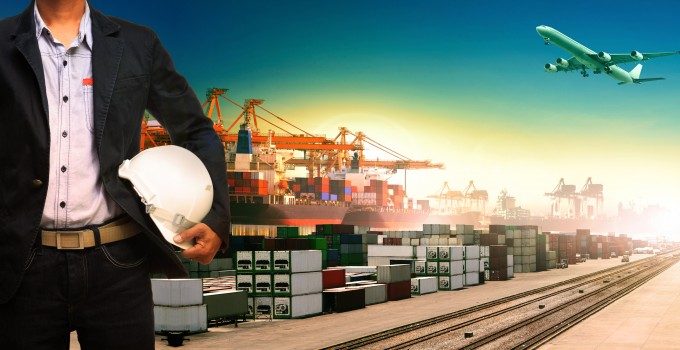Artificial intelligence could find the answer to airport landside cargo congestion
Airport stakeholders have turned to AI technology to relieve the serious congestion that has plagued ...

A short follow-up on our IATA story on Monday, about its new eAWB module for low-volume forwarders. Riege sent us a link to its blog, which makes the interesting point that ‘free’ platforms don’t count the real cost of wasted time and efficiency, and cheap or simple ‘solutions’ tend to be no such thing. Does a one-dimensional platform have any value at all, it asks? If you can forgive the marketing for its own product at the bottom, then it’s ...
Keep our news independent, by supporting The Loadstar
Rapid transpacific capacity build-up continues – can USWC ports handle it?
Red Sea crisis has driven most new capacity into extended Asia-Europe trades
Crew forced to abandon ship in latest fire on vessel carrying EVs
Carriers on the hunt for open tonnage again as transpacific rates soar
The Loadstar Podcast | Transport Logistic and Air Cargo Europe 2025
'Now or never' for Kuehne and DHL GF to hit back at DSV
Uncertainty drives Yang Ming fleet boost as focus switches to Asia-Europe trades
Carrier price hikes hold, driving spot rates higher as space gets scarcer
Asia-West Africa ULCV deployment opens new markets for carriers
Project cargo: oversized and heavy, posing risks outside the norm for ports
CMA CGM eyeing multi-billion euro investment programme in Algeria
News in Brief Podcast | Week 22 | Trump’s tariff hurdle, ocean schedule reliability, and rate rise
Air cargo players still wary of long-term block space deals – 'a risk on both sides'
Longer-term planning needed as noise out of Washington distorts the market
Geely splashes out to meet growing demand by chartering its own car-carrier

Comment on this article
Monty Clark
October 21, 2015 at 5:20 pme-Freight is “blighting the cargo industry”? This is an altogether reckless statement in view of how visionary e-Freight actually is. Very few industries have realized the business value of eliminating paper processes as well as IATA has laid out. The technology to implement this vision is just now coming into play. Older computer to computer networks just won’t work where literally billions of possible connections exist, so the network needs to be rethought. XML and older EDI messaging systems must be seamlessly married, API’s for legacy system integration must be in place and a host of other ingredients. Most of these technologies didn’t even exist five years ago. Customers always pay for value, and they will gladly pay for an eAWB/e-Freight solution that contains just that – business value.